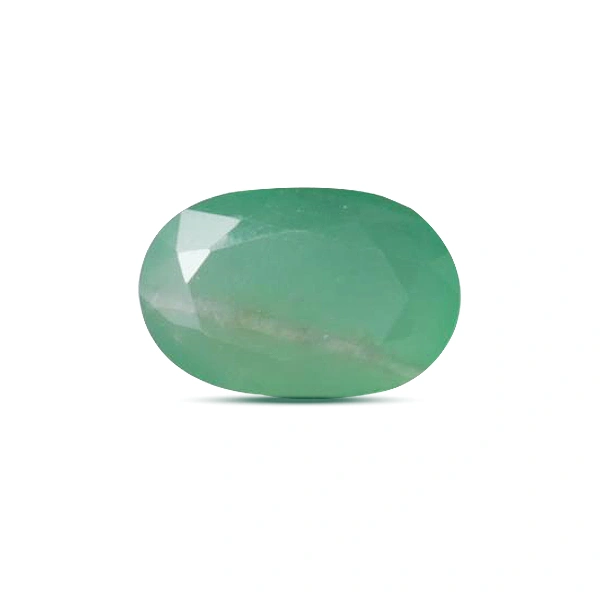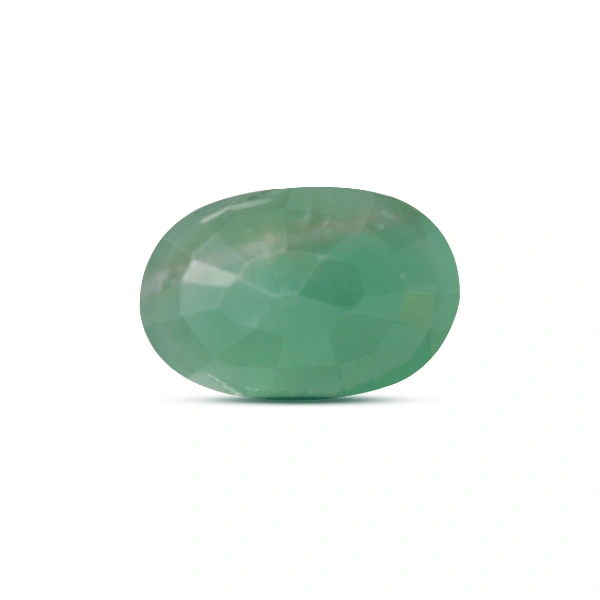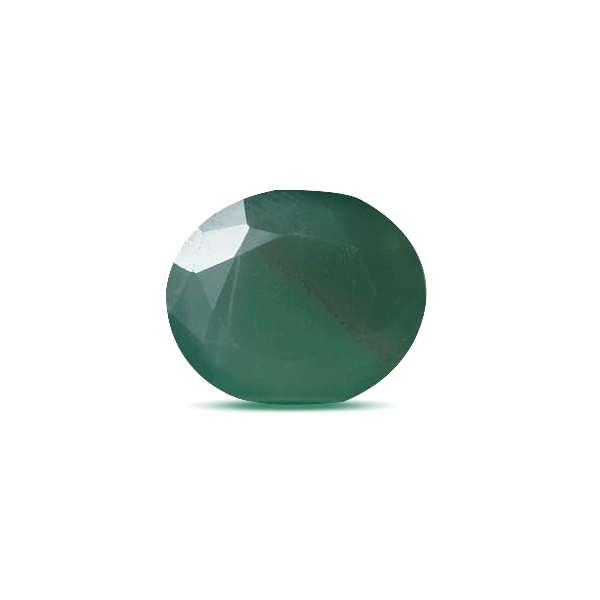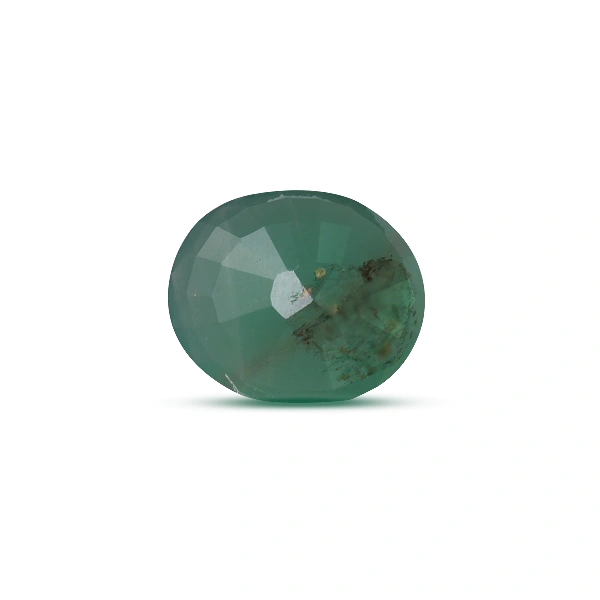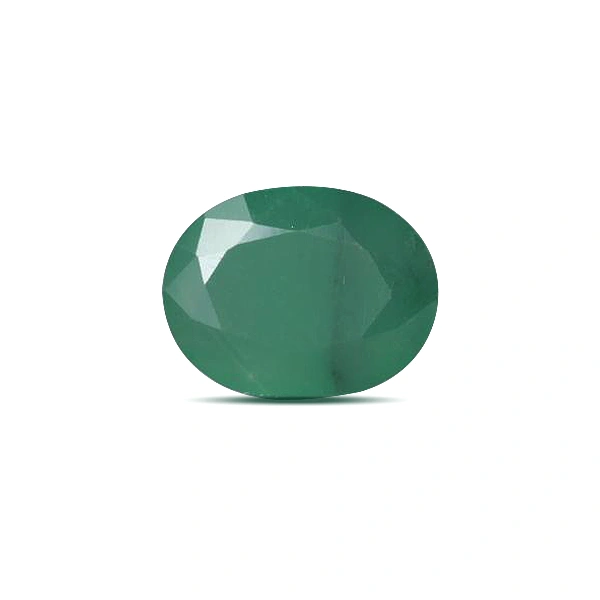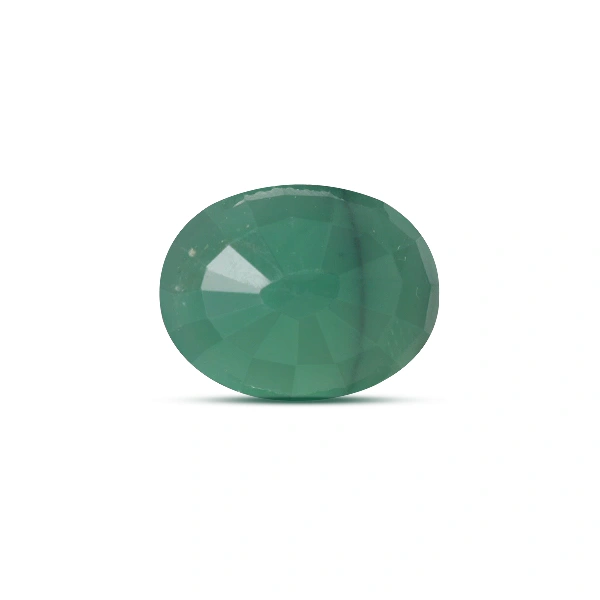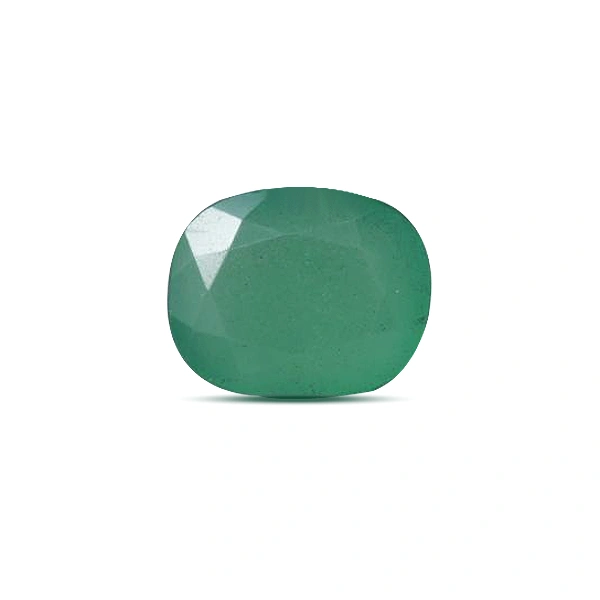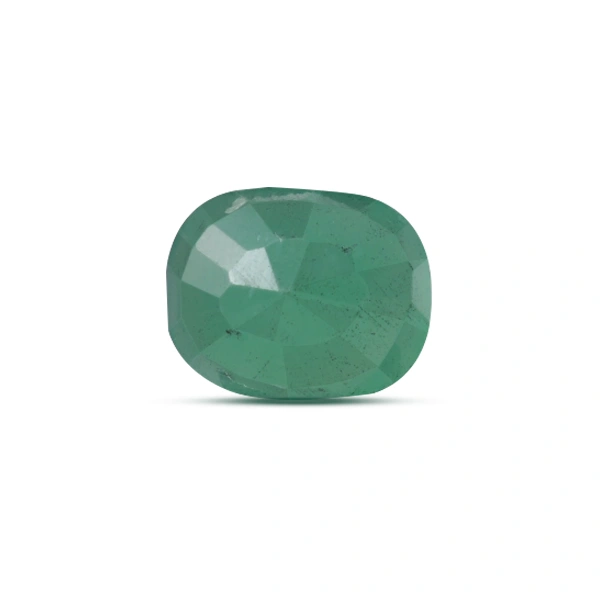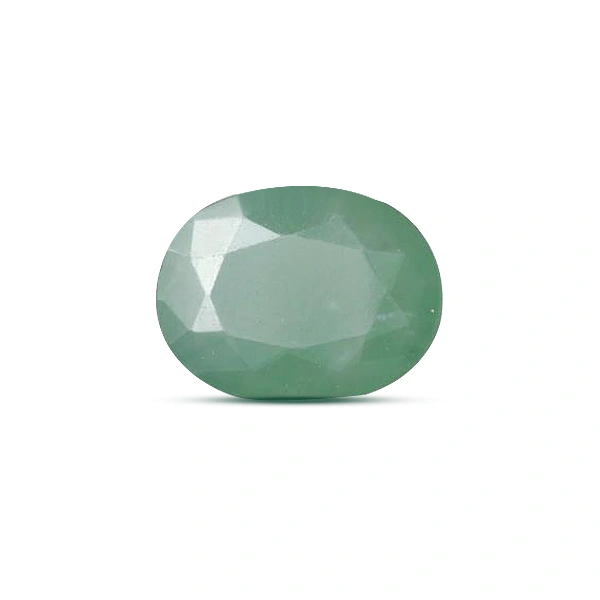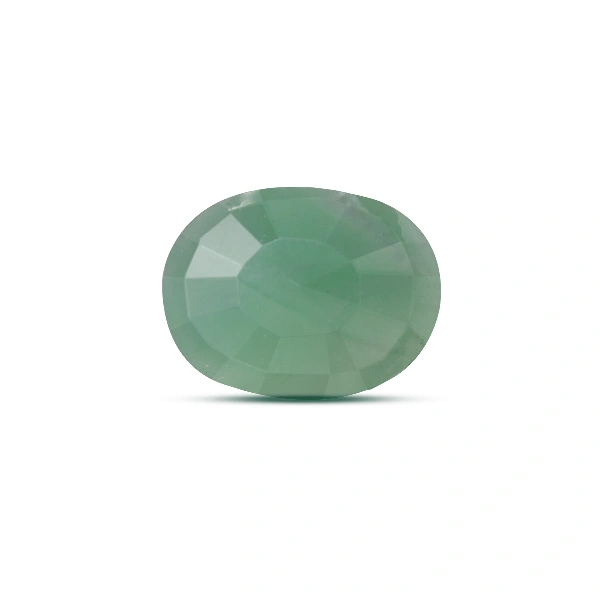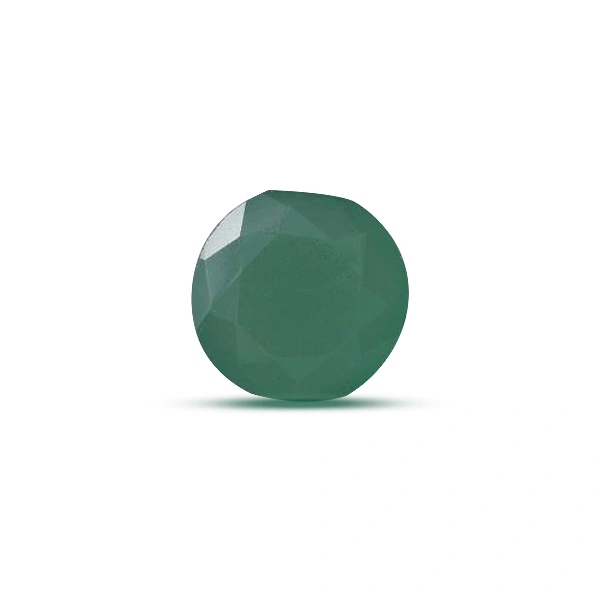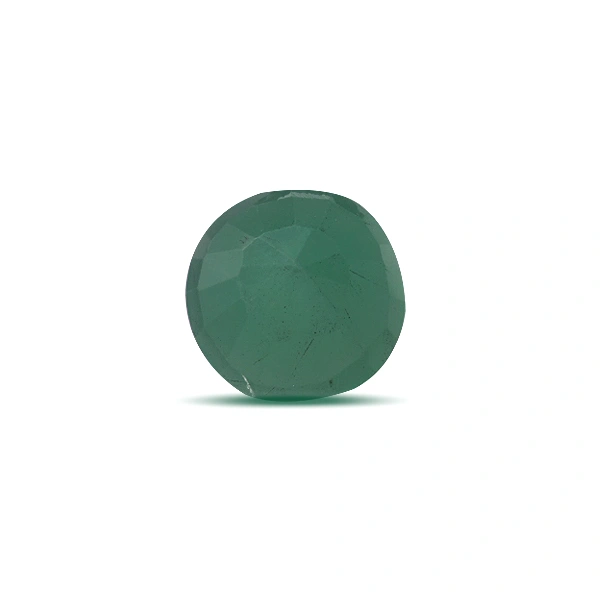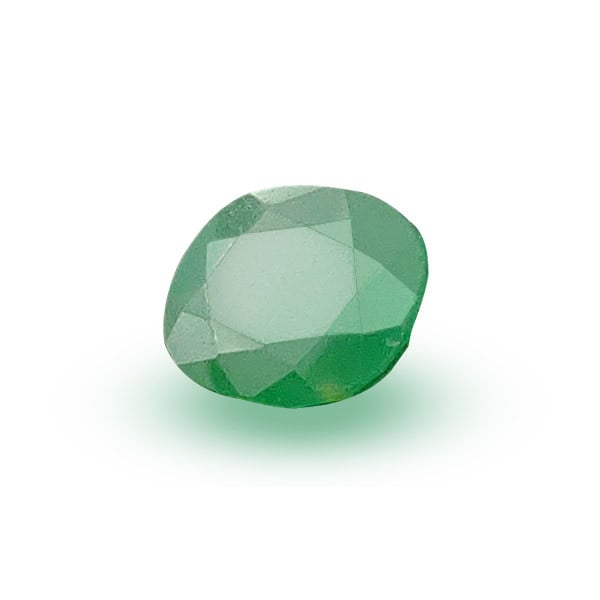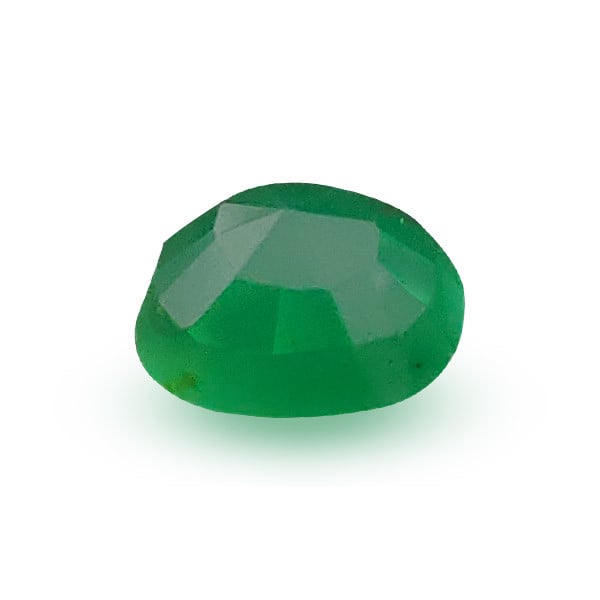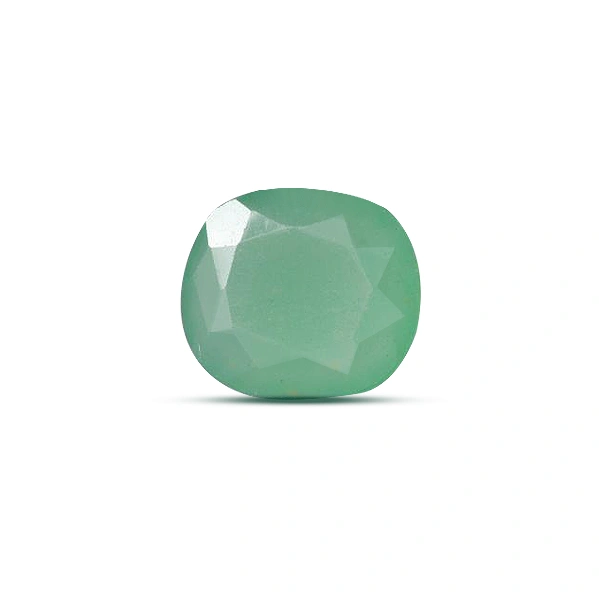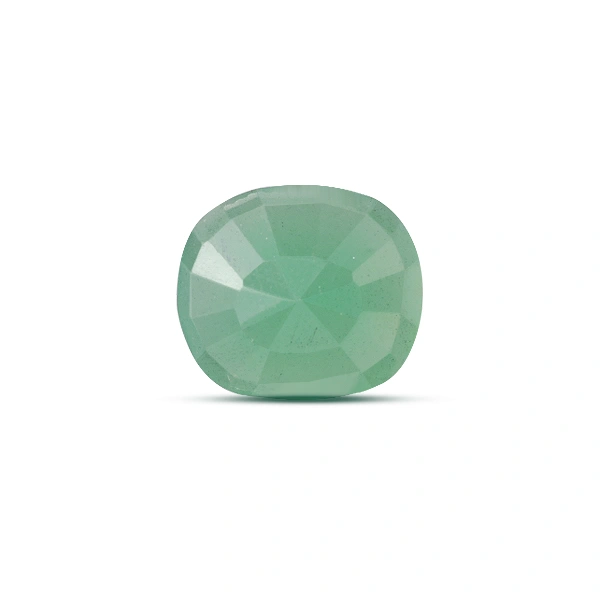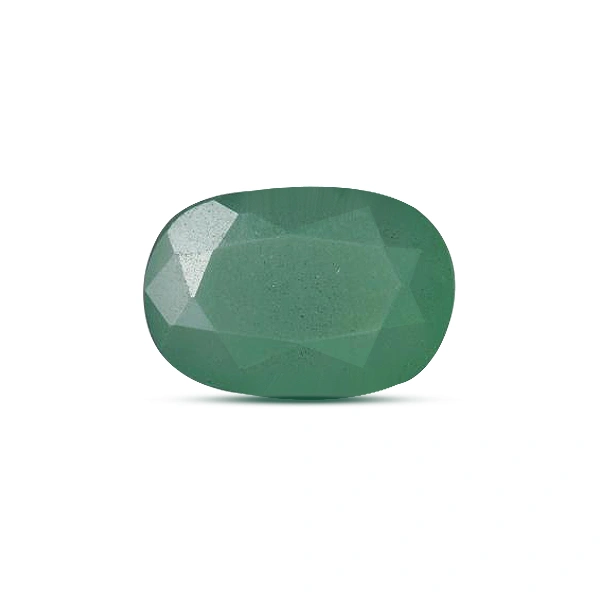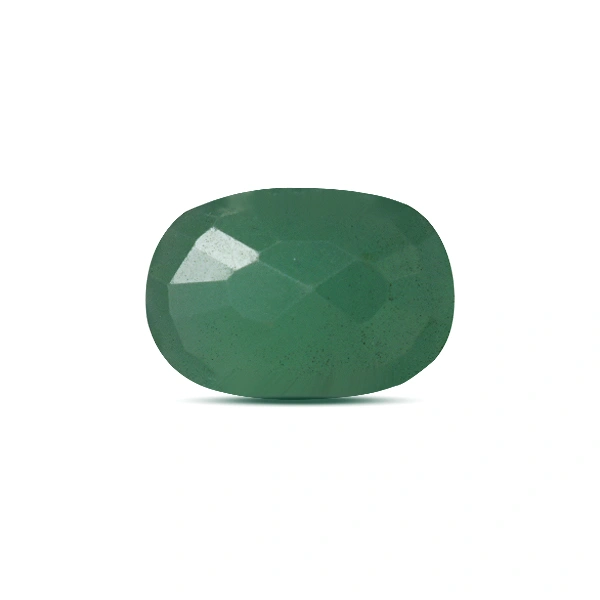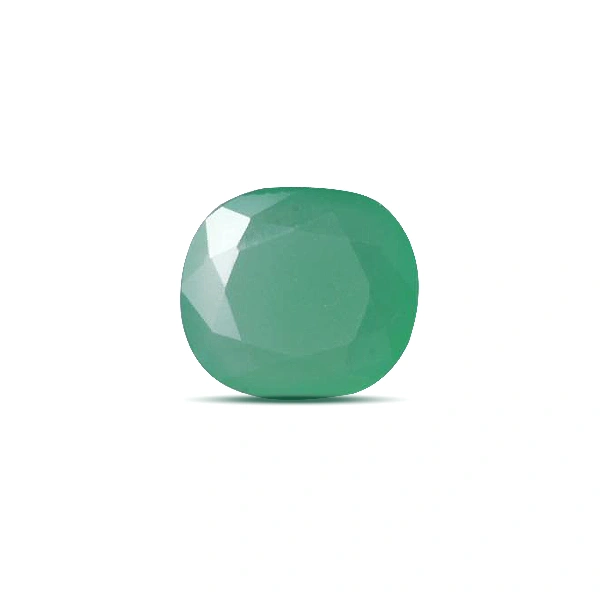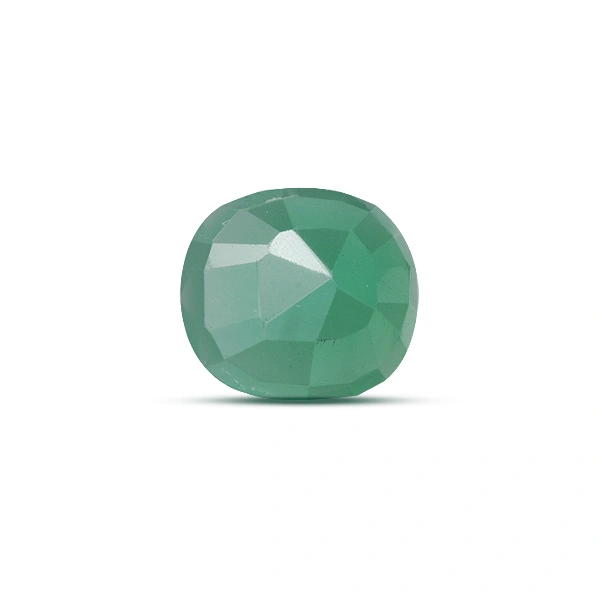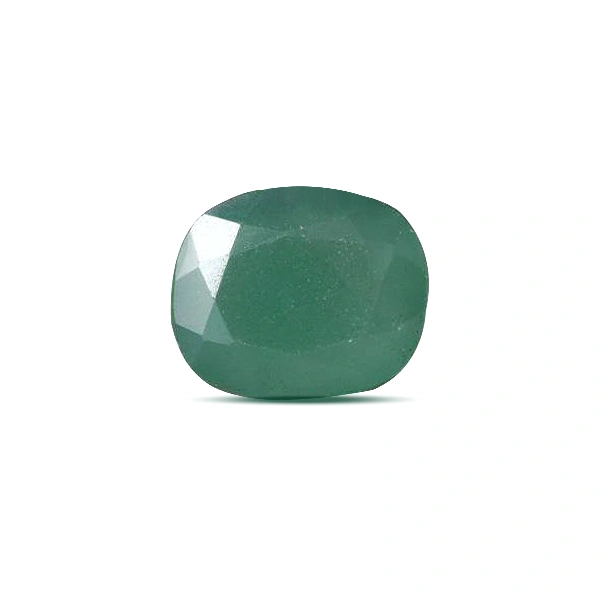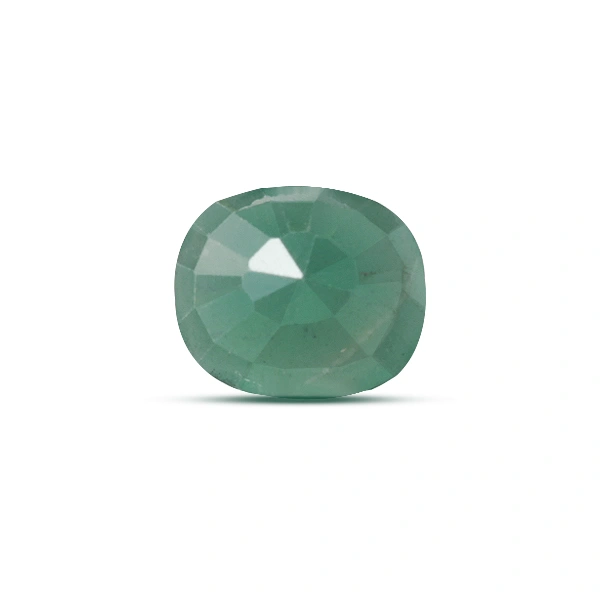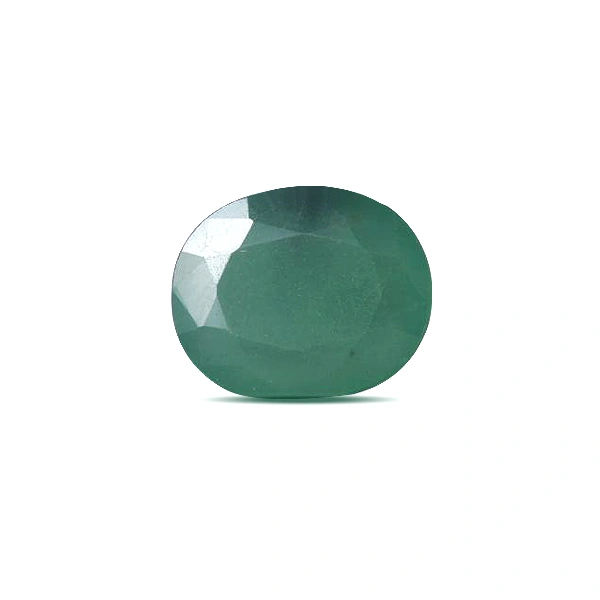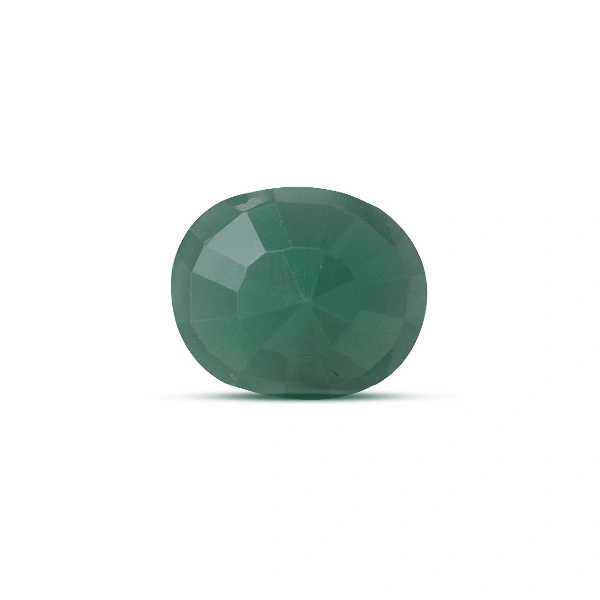-
Indian Rupee
-
Australian Dollar ($)
-
Brazilian Real (R$)
-
Canadian Dollar ($)
-
Czech Koruna (Kč)
-
Danish Krone (Kr)
-
Euro (€)
-
Hong Kong Dollar ($)
-
Hungarian Forint (Ft)
-
Indian Rupee (₹)
-
Israeli New Shekel (₪)
-
Pound Sterling (£)
-
Russian Ruble (₽)
-
U.S. Dollar ($)
-
United Arab Emirates Dirham (AED)
Jade (Crassula)
The Jade Stone attracts abundance, prosperity, and healing. It cleanses and protects, promotes emotional well-being, and helps relieve stress while creating harmony and balance.
GemsRoot Directory
Emerald (Panna) - 5.06 carats
|
Emerald (Panna) - 4.92 carats
|
Emerald (Panna) - 4.65 carats
|
Emerald Panna
|
Ruby Manik
|
Yellow Sapphire Pukhraj
|
Blue Sapphire Neelam
|
White Sapphire Pukhraj
|
Hessonite Gomed
|
Red Coral Moonga
|
Pearl Moti
|
Cats Eye Lahsuniya
|
5 carat Emerald
|
6 carat Emerald
|
8 carat Emerald
|
2 carat Emerald
|
Green Color Gemstones
|
Emerald Under 50000
|
Emerald Under 30000
|
Emerald Under 40000
|
Emerald Under 20000
|
Emerald Under 10000
|
2 Carat Ruby
|
4 Carat Ruby
|
3 Carat Ruby
|
8 Carat Ruby
|
6 Carat Ruby
|
Ruby 5 carat
|
Bangkok Ruby
|
Burmese Ruby
|
Pink Color Gemstones
|
Pink Color Gemstone
|
Ruby Under 10000
|
Ruby Under 20000
|
Ruby Under 30000
|
Ruby Under 40000
 +91 114-314-8316
+91 114-314-8316 +44 208 123 4943
+44 208 123 4943 +1 917 675 4985
+1 917 675 4985
